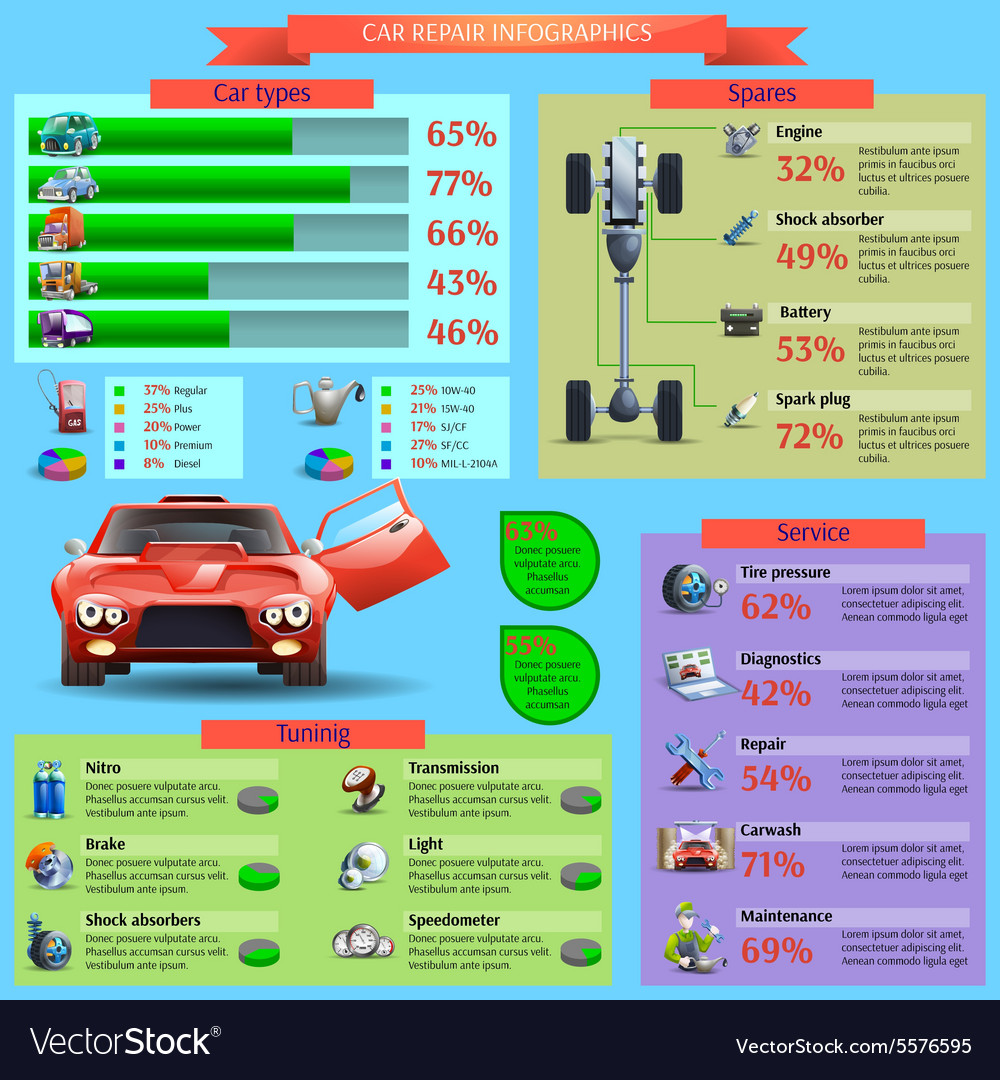Eager To Know What The Control Panel Warning Lights In Your Cars And Truck Represent? Explore Their Meanings For The Wellness And Safety Of Your Vehicle
Eager To Know What The Control Panel Warning Lights In Your Cars And Truck Represent? Explore Their Meanings For The Wellness And Safety Of Your Vehicle
Blog Article
Post Writer-Samuelsen Forbes
When you lag the wheel, those radiant warning lights on your dashboard can be a bit complicated. Do you understand what they're attempting to tell you concerning your vehicle's health and wellness? Recognizing the importance of these lights is essential for your safety and security and the durability of your car. So, the following time one of those lights appears, wouldn't you wish to understand its message properly and take the necessary actions to address it?
Common Warning Lighting and Interpretations
Determine typical caution lights in your automobile and recognize their definitions to guarantee secure driving.
The most normal caution lights include the check engine light, which signifies problems with the engine or exhausts system. If this light comes on, it's critical to have your vehicle checked immediately.
The oil stress warning light suggests reduced oil pressure, needing prompt focus to prevent engine damage.
A blinking battery light might recommend a malfunctioning charging system, potentially leaving you stranded otherwise dealt with.
The tire stress monitoring system (TPMS) light signals you to low tire stress, influencing lorry security and gas performance. Disregarding this could bring about risky driving problems.
The abdominal muscle light suggests a trouble with the anti-lock stopping system, endangering your capacity to quit promptly in emergencies.
Last but not least, the coolant temperature level advising light warns of engine overheating, which can lead to serious damage otherwise fixed promptly.
Comprehending these usual warning lights will help you address problems immediately and keep secure driving conditions.
Relevance of Prompt Attention
Understanding the typical caution lights in your automobile is just the primary step; the significance of promptly attending to these cautions can't be highlighted enough to guarantee your safety and security when driving.
When a caution light illuminates on your control panel, it's your cars and truck's method of communicating a prospective concern that requires attention. Overlooking these cautions can cause more severe issues down the road, compromising your safety and potentially costing you more out of commission.
Trigger interest to alerting lights can protect against breakdowns and accidents. For https://www.abc57.com/news/cutting-corners-on-car-maintenance-could-cost-you-more , a flashing check engine light can suggest a misfire that, if left ignored, can create damages to the catalytic converter. Resolving this immediately can save you from an expensive fixing.
Likewise, a brake system advising light could signify reduced brake fluid or worn brake pads, critical components for your safety and security when driving.
DIY Troubleshooting Tips
If you see a warning light on your control panel, there are a couple of DIY fixing ideas you can try prior to seeking specialist help.
The primary step is to consult your vehicle's handbook to understand what the particular caution light suggests. Occasionally automarine can be as simple as a loose gas cap triggering the check engine light. Tightening up the gas cap might resolve the trouble.
One more common problem is a low battery, which can cause different cautioning lights. Inspecting the battery connections for corrosion and ensuring they're protected might fix the issue.
If a warning light lingers, you can try resetting it by detaching the car's battery for a few minutes and after that reconnecting it. Additionally, examining your lorry's liquid degrees, such as oil, coolant, and brake fluid, can assist fix alerting lights associated with these systems.
Conclusion
Finally, understanding your automobile's caution lights is vital for maintaining your vehicle running efficiently and securely. By immediately resolving these notifies and understanding what they imply, you can stay clear of costly repairs and prospective failures.
Remember to consult your auto's handbook for specific information on each advising light and take action as necessary to ensure a hassle-free driving experience.
Remain educated, remain safe on the road!
